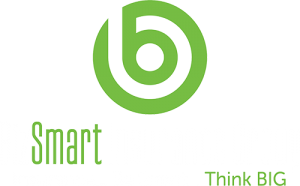Contractors Property/Inventory in Transit to the Job Site
Does your policy cover goods or products/materials on their way to the jobsite? Or, on the jobsite once delivered?
I get this question quite frequently as most contractors have product delivered to the jobsite directly from their supplier. Most of the time, the materials are not installed in one day. This could pose a problem if vandalism or theft would to occur when the jobsite is unattended.
There are two types of coverage’s or endorsements that are necessary to fill in the gaps in coverage that usually lacks (excluded) in the General Liability and Property forms for this scenario:
Property in Transit – This coverage is usually added by endorsement via commercial auto extension. This protects the value of items (either yours or in your care, custody or control) up to the specified limit of coverage when they are being transported or delivered by you. You can increase the amount of coverage as desired. Rule of thumb: Always insure the limit to be the most expensive items in transit at one time.
Ex. If your limit of “Property in Transit” is $25k and you are picking up $50k of material, my suggestion would be to increase that amount to $50k. In this situation, if you were in an accident and the material is damaged, your policy would only cover up to $25k. You would be on the hook for the other $25k.
Installation Floater – Depending on the company form/insuring agreement, this coverage will insure against materials at the jobsite. In some cases, this will also be inclusive of “Property in Transit” as long as the property being transported is yours. This coverage is for material being installed at the job location. It does not included equipment rented or tools stolen at the jobsite.
Ex. Plumbing contractor has $15k of copper piping to be delivered at the jobsite for a commercial job. The next day, the plumbing contractor goes to the jobsite to start the project, only to find that all the material (copper piping) was stolen the night before. If the contractor does not have this coverage endorsed to his/her policy, they would be responsible for the $15k.
A common misunderstanding is Business Personal Property. If you have this coverage, it usually will not extend to outside the premises you are located at. It might have an extension that allows property to be covered up to 100 ft. from the location, but that is very limited.
Lastly, always insure your items to limits you are comfortable self-insuring after. Meaning, if you have an installation floater limit for $10k but you routinely have material of $25k at the jobsite, then you should be financially comfortable of bearing the risk of the difference of $10k- $25k = -$15k. If $15k would hurt your business, ask your agent to increase the limit to $25k. This will have a nominal increase in premium vs. not increasing the limit.
If you have any specific questions about how you may be affected by additional risks during transit to jobsites, please reach out here or call our office.


